Description
Standard regulation field grade M1850 Foot Officer’s Sabre with cast brass hilt featuring
pierced floral design in guard; integral knuckle bow with slot for sword knot and joined to
the capstan pommel. Pommel engraved with acanthus design. Sharkskin-wrapped grip
with twisted brass wire. Slightly curved 30 ½” single-edged blade with broad 3/4 length
fuller and short narrow fuller at the back edge; etched over the upper two thirds with
“U.S.”, acanthus, an anchor with shield, and stands of arms. Blade with light pitting,
heavier near the point, and etching worn. Black leather scabbard with brass mounts, the
upper mount hand engraved on the reverse with “Presented to/Lieut. John Clark/Co. H
144th Regt.” in script. Leather worn with a small break on the reverse between the
carrying mounts; the mounts loose due to leather shrinkage and a dent at the top of the
throat, likely having occurred during field use because this type of dent only possible with
sword unsheathed. Sword and scabbard show age and wear typical of swords carried in
the field and no doubt this is the sword that Clark carried into battle.
Clark joined the 144th NY at Stamford, NY on 8/15/1862 at the age of 30 and was
commissioned as 1st Lieutenant in Company H the following month. On 3/4/1863 he was
promoted to Captain and became Company Commander of Company E. He was
discharged at Hilton Head, SC on 6/25/1865.
The 144th New York Volunteer Infantry began the war in the defense of Washington during
the Fall of 1862 and saw minor action in Northern Virginia. During the summer of 1863 it
was transferred to South Carolina, where it saw the majority of its action. The regiment
lost a total of 218 men during the war, the majority of which died of disease.
History of the 144th New York Infantry
Colonels: Robert S. Hughston, David E. Gregory, William J. Slidell, James Lewis
Lieutenant Colonels: David Gregory, James Lewis, Calvin A. Rice
Majors: Robert T. Johnson, Calvin A. Rice, William Plaskett.
This regiment, recruited in Delaware county, was organized at Delhi, and there mustered into the U. S. service on Sept. 27, 1862. It left the state on Oct. 11, 956 strong, and was stationed in the defenses of Washington at Upton’s hill, Cloud’s Mills and Vienna until April, 1863. It was then assigned to the Department of Virginia, and in Gurney’s division assisted in the defense of Suffolk, during Longstreet’s siege of that place. In May it was placed in Gordon’s division of the 7th corps at West Point, and shared in the demonstration against Richmond.
In July it joined the 2nd brigade, 1st (Schimmelfennig’s) Division, 11th Corps. This division was detached from its corps on Aug. 7, and ordered to Charleston harbor, where during the fall and winter of 1863 the regiment was engaged at Folly and Morris islands, participating with Gillmore’s forces in the siege of Fort Wagner and the bombardment of Fort Sumter and Charleston.
In Feb., 1864, in the 1st brigade, Ames’ Division, 10th Corps, it was engaged at Seabrook and John’s islands, S. C. It was then ordered to Florida, where it was chiefly engaged in raiding expeditions and was active in the action at Camp Finnegan. It returned to Hilton Head in June; was active at John’s Island in July, losing 13 killed, wounded and missing; in Potter’s Brigade of the Coast Division it participated in the cooperative movements with Sherman, fighting at Honey Hill and Deveaux Neck.
Its casualties at Honey Hill were 108 and at Deveaux Neck, 37 killed, wounded and missing. Lieut. James W. Mack the only commissioned officer killed in action, fell at Honey Hill. Attached to the 3d Separate Brigade, District of Hilton Head, it was severely engaged at James Island in Feb., 1865, losing 44 killed, wounded and missing.
In the fall of 1864 the ranks of the regiment were reduced to between 300 and 400 men through battle and disease, and it was then recruited to normal standard by one year recruits from its home county. The regiment was mustered out at Hilton Head, S. C., June 25, 1865, under command of Col. Lewis. It lost by death during service 40 officers and men, killed and mortally wounded; 4 officers and 174 enlisted men died of disease and other causes; total, 218.
Source: The Union Army, Vol. 2, p. 153
Recruitment and Disposition:
August 27, 1862, Col. Robert S. Hughston received authority to recruit this regiment in Delaware County; it was organized at Delhi, and there mustered in the service of the United States for three years September 27, 1862. In October, 1864, it received a large number of recruits, of whom the surplus, 159 men, were transferred to the 1st Engineers. the companies were recruited principally from : A at Tompkins; B at Walton and Masonville; C at Delhi, Stamford, Meredith, Hamden, Kortright and Harpersfield; D at Franklin, Masonville, Otego and Sidney; E at Andes and Bovina; F at Hancock; G at Middletown; H at Roxbury, Stamford and Harpersfield; I at Sidney, Kortright, Davenport, Meredith and Delhi; K at Colchester, Franklin, Hamden, Middletown, Tompkins, Masonville, Delhi and Harpersfield.
The regiment left the State October 11, 1862; it served in the defenses of Washington from October 13, 1862; and in the 3d Brigade, Abercrombie’s Division, 22d Corps, from February, 1863; in the 3d, Hughston’s, Brigade, Gurney’s Division, Department of Virginia, at Suffolk, Va., from April, 1863; in 1st Brigade, Gordon’s Division, of 7th Corps, from May, 1863; of 4th Corps from June, 1863; in the 2d Brigade, 1st Division, 11th Corps, from July, 1863; in the 2d Brigade, Gordon’s Division, 10th Corps, on Folly Island, S.C., from August 15, 1863; in Schimmelpfenning’s Division, 10th Corps, from January, 1864, in 1st Brigade, Ames’ Division, 10th Corps, from February, 1864; in the District of Florida, Department of the South, from April, 1864, at Hilton Head, S.C., from June, 1864, in the 1st, Potter’s, Brigade, Coast Division, Department of the Gulf, from November, 1864, in the 3d Separate Brigade, District of Hilton Head, Department of the South, from January, 1865; and, commanded by Col. James Lewis, it was honorably discharged and mustered out at Hilton Head, S. C., June 25, 1865.
Source: Phisterer, p. 3,667

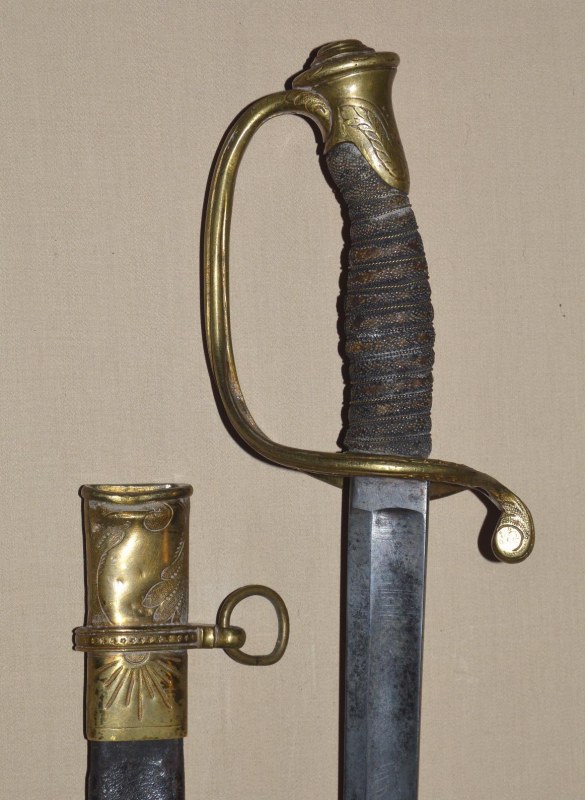


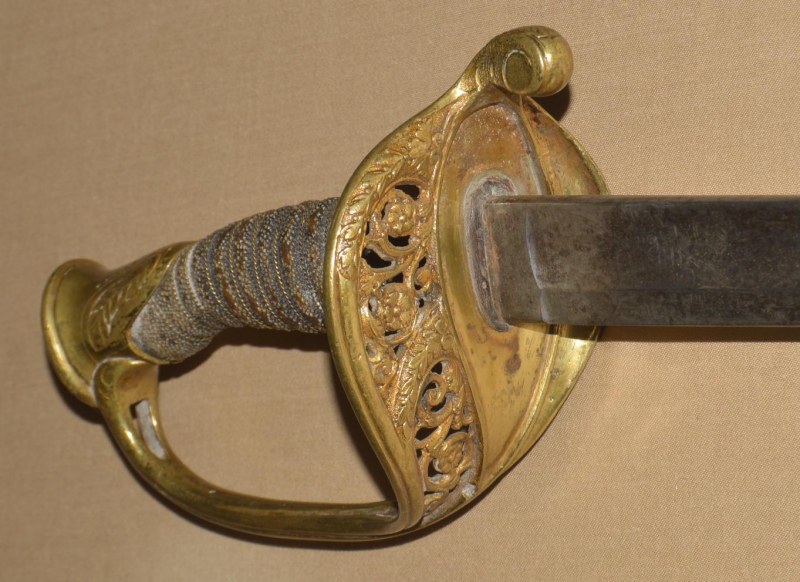
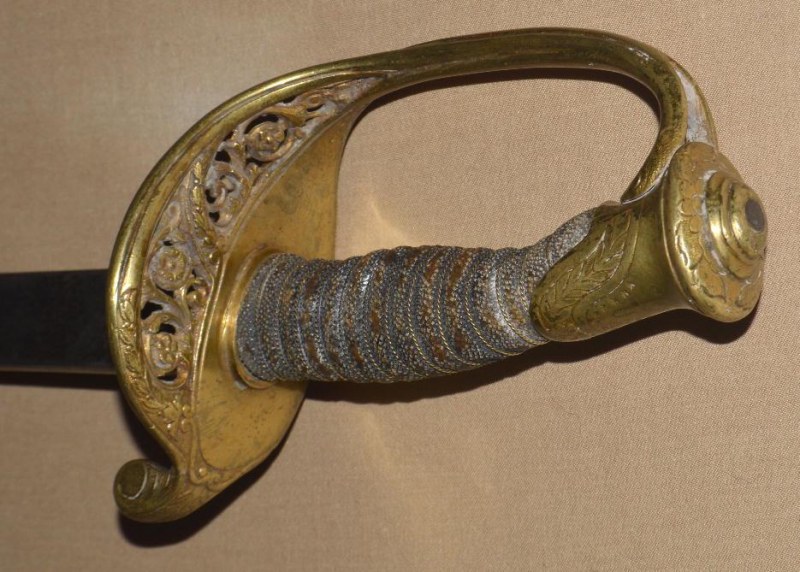



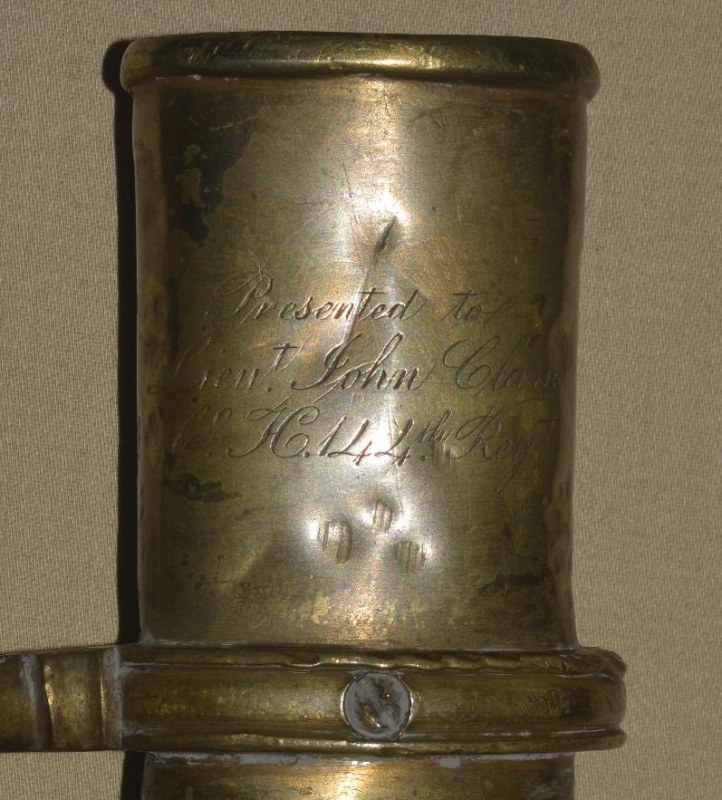
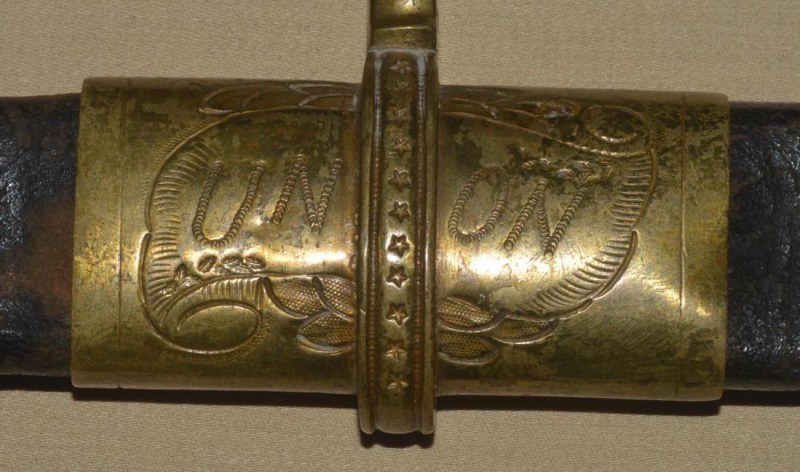
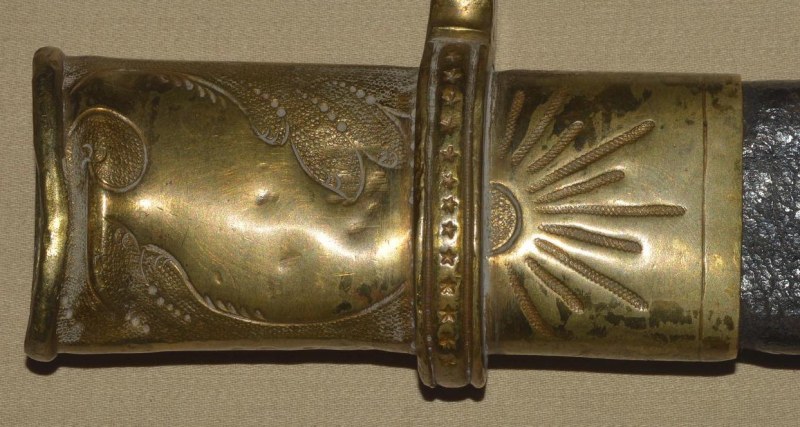

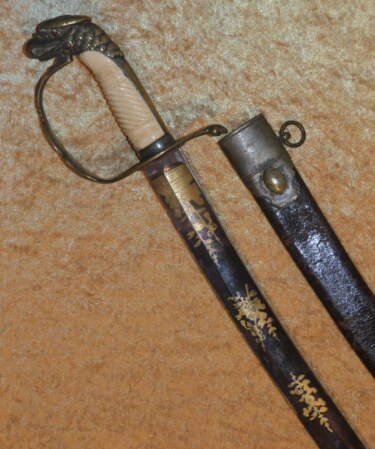 Exceptional US Eagle Head Mounted Artillery Officer’s Saber, ca. 1810-20
Exceptional US Eagle Head Mounted Artillery Officer’s Saber, ca. 1810-20 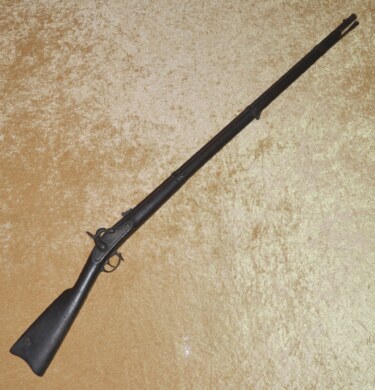 US M1861 Rifled Musket, by William Muir & Co.
US M1861 Rifled Musket, by William Muir & Co. 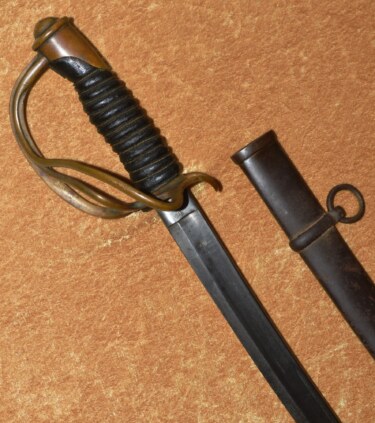 US M1860 Cavalry Saber by Emerson & Silver
US M1860 Cavalry Saber by Emerson & Silver 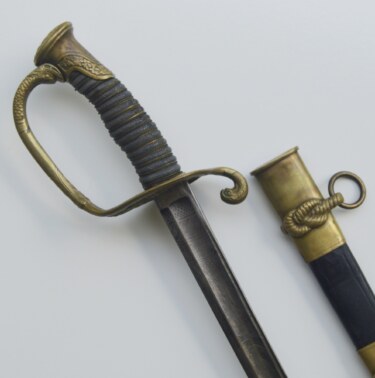 Historic Civil War Inscribed US M1852 Naval Officer’s Sword
Historic Civil War Inscribed US M1852 Naval Officer’s Sword